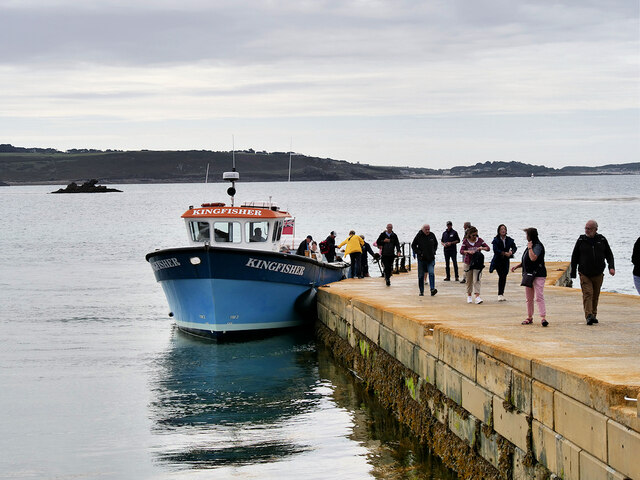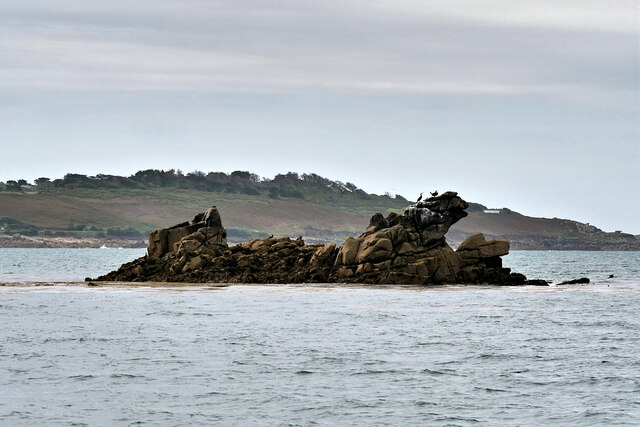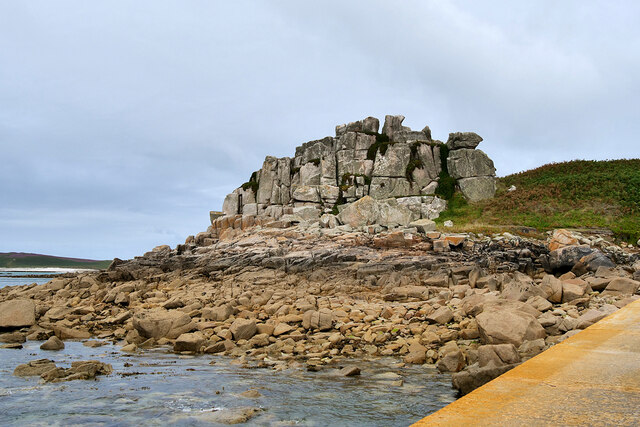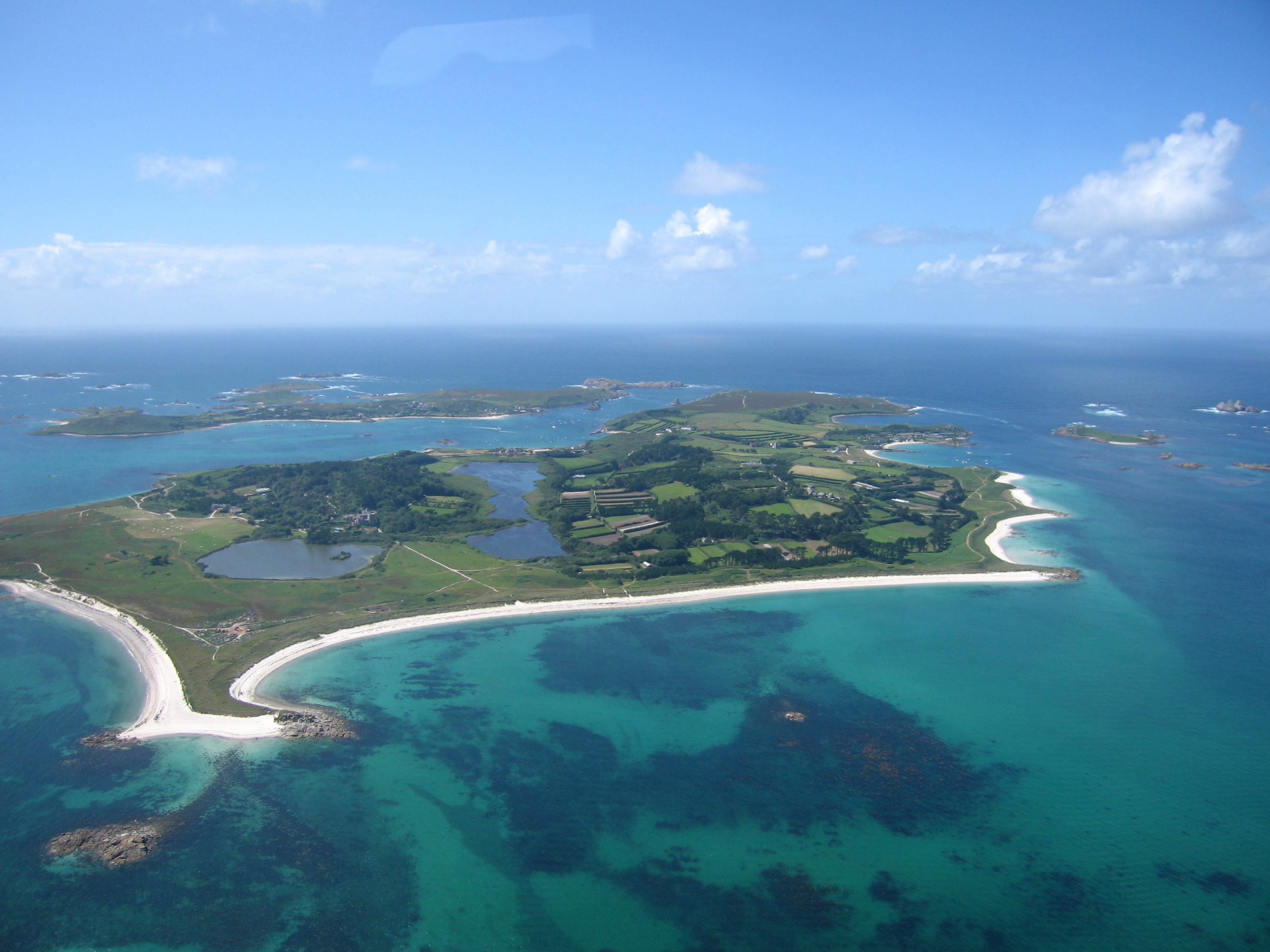Great Pentle Rock
Coastal Feature, Headland, Point in Cornwall
England
Great Pentle Rock

Great Pentle Rock is a prominent coastal feature located on the southern coast of Cornwall, England. It is situated near the village of Coverack, overlooking the English Channel. This natural headland, also known as Great Pentel Point, is characterized by its towering cliffs and rugged terrain.
The rock formation itself is a large, imposing structure that juts out into the sea, providing stunning views of the surrounding coastline. The cliffs, composed mainly of granite, reach a height of approximately 40 meters (130 feet) and have been shaped by years of erosion from the powerful waves of the Atlantic Ocean.
Great Pentle Rock is a popular attraction for both locals and tourists, offering a variety of activities and sights. The area is renowned for its diverse wildlife, including seabirds such as gulls and cormorants, which nest along the cliffs. Visitors often enjoy birdwatching or taking photographs of the beautiful scenery.
The headland is also a great spot for hiking enthusiasts, who can explore the coastal paths and take in the breathtaking vistas. The rugged landscape provides a challenging terrain, but the reward is the stunning panoramic views of the ocean and the surrounding countryside.
Access to Great Pentle Rock is relatively easy, with a well-maintained footpath leading from the nearby village of Coverack. The area is seasonal and can get crowded during the summer months, but it offers a peaceful and serene atmosphere for those seeking a tranquil coastal experience.
If you have any feedback on the listing, please let us know in the comments section below.
Great Pentle Rock Images
Images are sourced within 2km of 49.948138/-6.3167468 or Grid Reference SV9014. Thanks to Geograph Open Source API. All images are credited.













Great Pentle Rock is located at Grid Ref: SV9014 (Lat: 49.948138, Lng: -6.3167468)
Division: Isles of Scilly
Unitary Authority: Isles of Scilly
Police Authority: Devon and Cornwall
What 3 Words
///crackling.commuted.nosedive. Near Tresco, Isles of Scilly
Nearby Locations
Related Wikis
Tresco Priory
Tresco Priory is a former monastic settlement on Tresco, Isles of Scilly founded in 946 AD. It was re-founded as the Priory of St Nicholas by monks from...
Tresco Heliport
Tresco Heliport (ICAO: EGHT) is a heliport located on the island of Tresco, in the Isles of Scilly off the southwest coast of England, UK. The heliport...
Tresco Abbey Gardens
Tresco Abbey Gardens are located on the island of Tresco in the Isles of Scilly, United Kingdom. The 17 acre gardens were established by the nineteenth...
Tresco, Isles of Scilly
Tresco (Cornish: Enys Skaw, lit. 'island of elder-trees') is the second-biggest island of the Isles of Scilly. It is 297 ha (1.15 sq mi) in area, measuring...
Nearby Amenities
Located within 500m of 49.948138,-6.3167468Have you been to Great Pentle Rock?
Leave your review of Great Pentle Rock below (or comments, questions and feedback).






